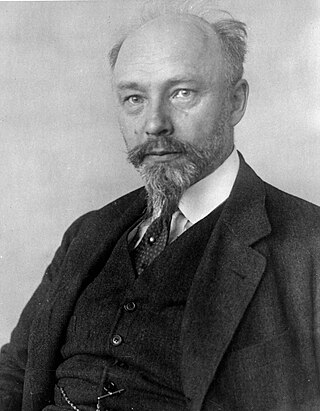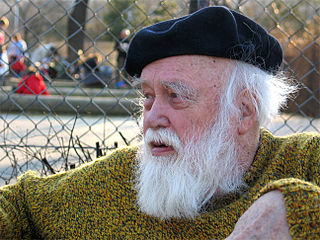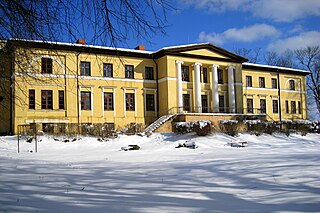
The Council of Economic Advisers (CEA) is a United States agency within the Executive Office of the President established in 1946, which advises the President of the United States on economic policy. The CEA provides much of the empirical research for the White House and prepares the publicly-available annual Economic Report of the President.

Alexander Friedrich Michael Lebrecht Nikolaus Arthur Graf von Keyserling was a Baltic German geologist and paleontologist from the Keyserlingk family of Baltic German nobility.
Aysha is a genus of anyphaenid sac spiders first described by Eugen von Keyserling in 1891. They are often called "sac spiders" because of the dwellings that they create for themselves to take shelter in. As is true with most other spiders, the pedipalps of the males are much larger than those of the females. They are found throughout South America up to Panama.

Johann Heinrich Eduard Nicolaus Graf von Keyserling was a Baltic German fiction writer and dramatist, an exponent of literary impressionism and associated with the historic region of Courland.

Hermann Alexander Graf von Keyserling was a Baltic German philosopher from the Keyserlingk family. His grandfather, Alexander von Keyserling, was a notable geologist of Imperial Russia.

Prostheclina is a genus of Australian jumping spiders that was first described by Eugen von Keyserling in 1882.

The House of Bismarck is a German noble family that rose to prominence in the 19th century, largely through the achievements of the statesman Otto von Bismarck. He was granted a hereditary comital title in 1865, the hereditary title of Prince of Bismarck in 1871, and the non-hereditary title of Duke of Lauenburg in 1890. Several of Otto von Bismarck's descendants, notably his elder son Herbert, Prince of Bismarck, have also been politicians.

Arnold Alexander Herbert Otto Heinrich Constantin Graf von Keyserling, better known as Arnold Keyserling, was a German philosopher and theologian. He was the son of Hermann von Keyserling and great-grandson of Otto von Bismarck.
Keyserling is the surname of several members of the noble House of Keyserlingk:
Eugen von Keyserling was a Baltic-German arachnologist.

Grobiņa Municipality is a former municipality in Courland, Latvia. The municipality was formed in 2009 by merging Bārta Parish, Gavieze Parish, Grobiņa Parish, Medze Parish and the town of Grobiņa with the administrative centre being Grobiņa. The population in 2020 was 8,347.

Kõnnu is a village in Põhja-Pärnumaa Parish, Pärnu County in western-central Estonia.

Count Hermann Karl von Keyserling (1697–1764) was a Russian diplomat from the Keyserlingk family of Baltic German nobility based in the Duchy of Courland and Semigallia.
Paraplectanoides is a genus of Australian orb-weaver spiders first described by Eugen von Keyserling in 1886. As of April 2019 it contains only two species.
Phanetta is a monotypic genus of North American dwarf spiders containing the single species, Phanetta subterranea. It was first described by Eugen von Keyserling in 1886, and has only been found in the United States.
Helvibis is a genus of spiders in the family Theridiidae that was first described by Eugen von Keyserling in 1884. It is a senior synonym of Formicinoides.
Azilia is a genus of long-jawed orb-weavers that was first described by Eugen von Keyserling in 1881. It is a senior synonym of Cardimia.

Tāšu-Padure is located in the village Kalvene, Kalvene Parish, South Kurzeme Municipality, Latvia. It belonged to the von Keyserling family and it has been hosting the elementary school of Kalvene since 1922.
Josa is a genus of South American anyphaenid sac spiders first described by Eugen von Keyserling in 1891. It is a senior synonym of "Gayenella", "Haptisus", "Olbophthalmus", and "Pelayo".










